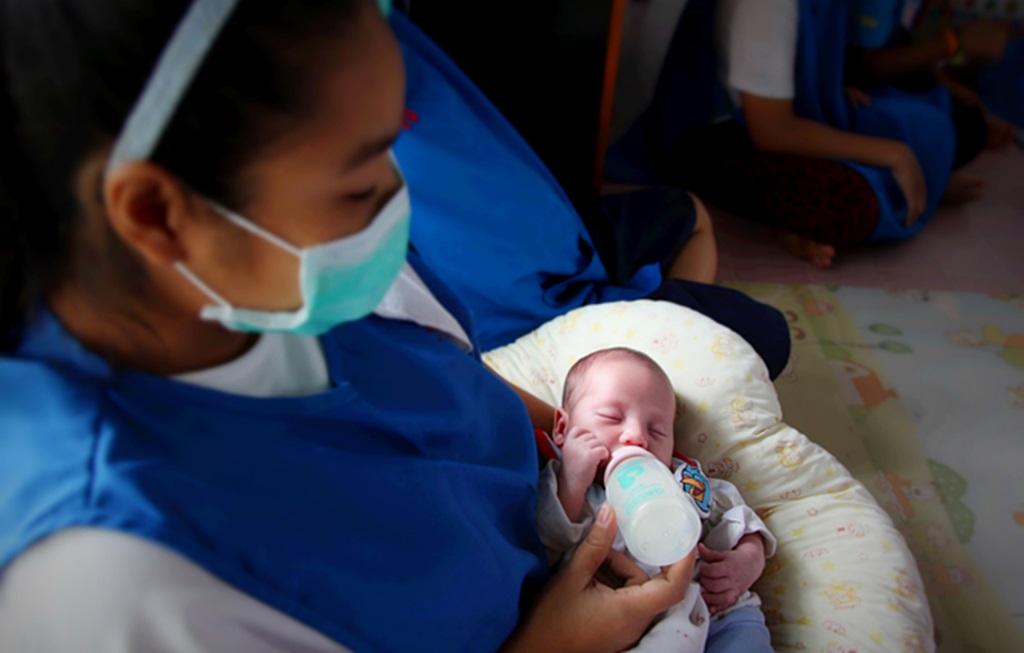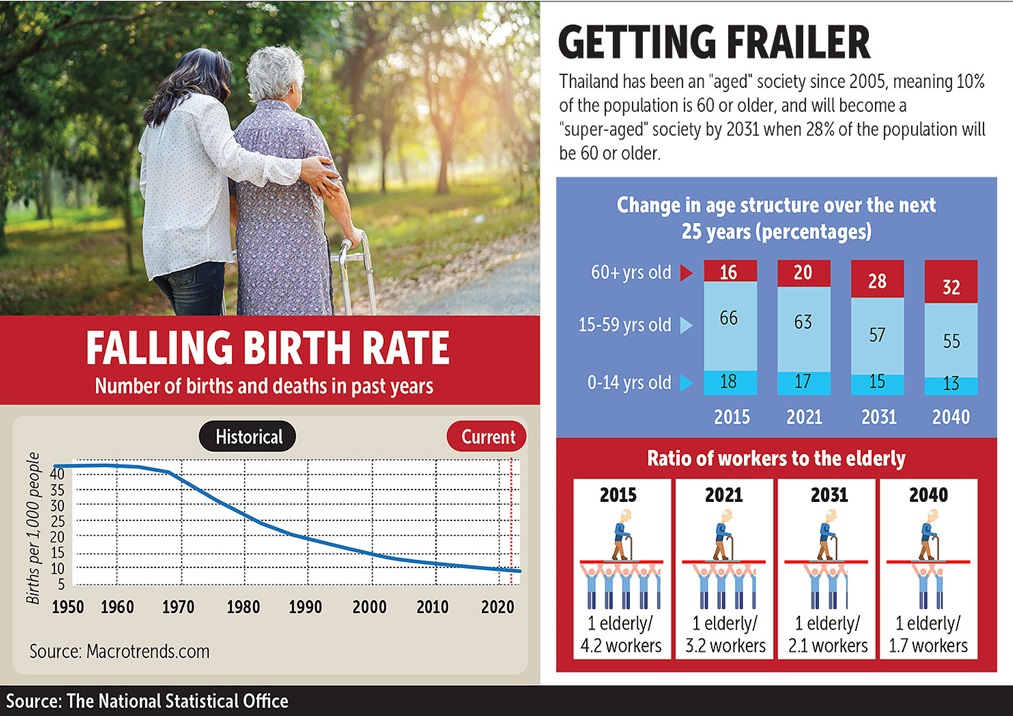Health
Thailand to Offer Free IVF Treatments to Counter Declining Birth Rate

Thailand’s Ministry of Public Health will shortly unveil steps to promote In Vitro Fertilisation IVF among women seeking to become mothers, including the LGBTQ community, as part of an attempt to boost Thailand’s decreasing birth rate.
Thailand’s Health Minister, Mr Cholnan Srikaew, stated during a meeting with Jos Vandelaer, the World Health Organisation (WHO) representative for Thailand, at Nakhonping Hospital on Monday that the ministry has directed the Department of Health (DoH) to develop measures to improve access to infertility treatments and preconception counselling.
The Department of Health was directed to find measures to increase the ability to give needy individuals intrauterine insemination (IUI) and in-vitro fertilization (IVF) treatments.
A legal amendment to make In Vitro Fertilisation fertility treatment more accessible to single women and the LGBTQ community is also being considered, according to Dr Cholnan, who expects it to be tabled in March.
The ministry intends to promote In Vitro Fertilisation IVF treatment as a basic benefit under the country’s healthcare system. According to Dr Cholnan, the “Give Birth, Great World” programme has prioritized increasing fertility nationally.
The ministry has been trying to preserve people’s reproductive and sexual health rights, particularly those in vulnerable groups.
This mission has received strong backing from international organizations such as the World Health Organisation (WHO), the United Nations Population Fund (UNFPA), and the United Nations Children’s Fund (UNICEF), he stated.
Thailand’s falling birth rates have emerged as a major factor in defining the country’s demographic structure. Thailand’s birth rate has dropped dramatically in recent years, by roughly a third since 2013. Last year alone, 544,000 births occurred, representing a significant decrease.
Experts anticipate that if current trends continue, Thailand’s population will fall from 66 million to 33 million by 2083. This dramatic population loss raises worries, particularly for the working-age population, which is likely to decrease dramatically.
Thailand’s low birth rate has far-reaching ramifications for the country’s economic and social structure and population development. Recognizing the gravity of the situation, stakeholders are increasingly focused on resolving it and implementing proactive actions to reduce the potential repercussions of falling birth rates.
Several reasons contribute to Thailand’s dropping birth rates, indicating a complex interplay of socioeconomic changes, cultural transitions, and legislative effects. Economic issues, societal pressures, changes in educational goals, and environmental considerations are all major factors influencing people’s decisions about family planning and birthing.
These considerations highlight the varied character of the birth rate reduction and the importance of a holistic approach to addressing this demographic crisis. The convergence of these causes has produced a pressing need for proactive steps to prevent Thailand’s dropping birth rate and secure the country’s long-term demographic future.
Understanding the underlying reasons and executing targeted solutions would help Thailand negotiate the intricacies of its changing demographic landscape and strive for balanced and thriving population dynamics.
According to current birth rate patterns, Thailand’s population will age dramatically in the next few years. This demographic shift could result in a fall in working-age people compared to retirees, lowering labour-force participation rates and potentially limiting economic development.
The country may need to alter its healthcare and social security systems to sustain a bigger senior population. Encouraging family-friendly policies such as inexpensive childcare, parental leave, and flexible work arrangements may encourage couples to have additional children.
Investing in education and healthcare to support families and create a positive environment for raising children may also help to offset declining birth rates in the long run. The expected decline in birth rates will significantly impact future population dynamics.
According to Thailand’s Interior Ministry, the current population is 66,052,615, down 0.06%, or 37,860, from 2022. The number of births last year was 485,085, the lowest in 70 years.
Which fertility Tests Are Done Before IVF?
Keywords: is the IVF process, vitro fertilization IVF, process what is the IVF, process what is the IVF, IVF success rates, the success rate with IVF, IVF fertilization, IVF treatments, IVF injections































